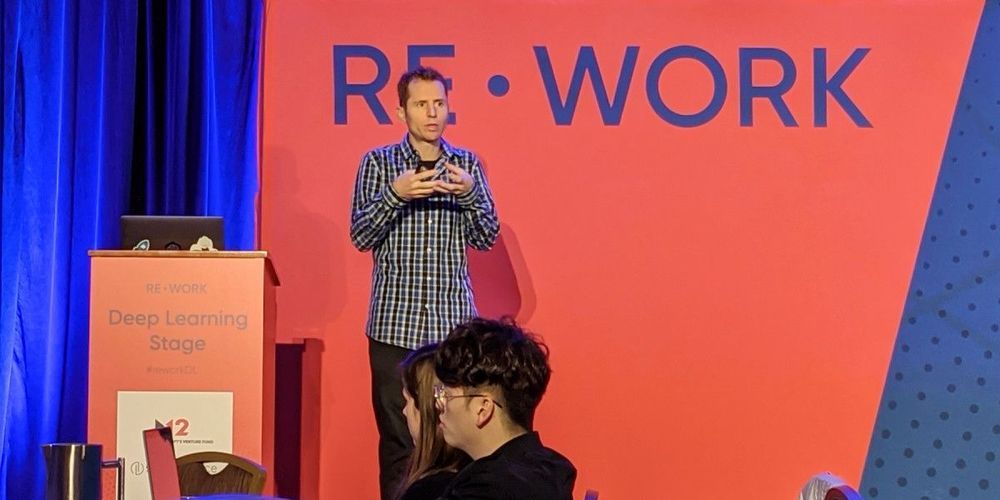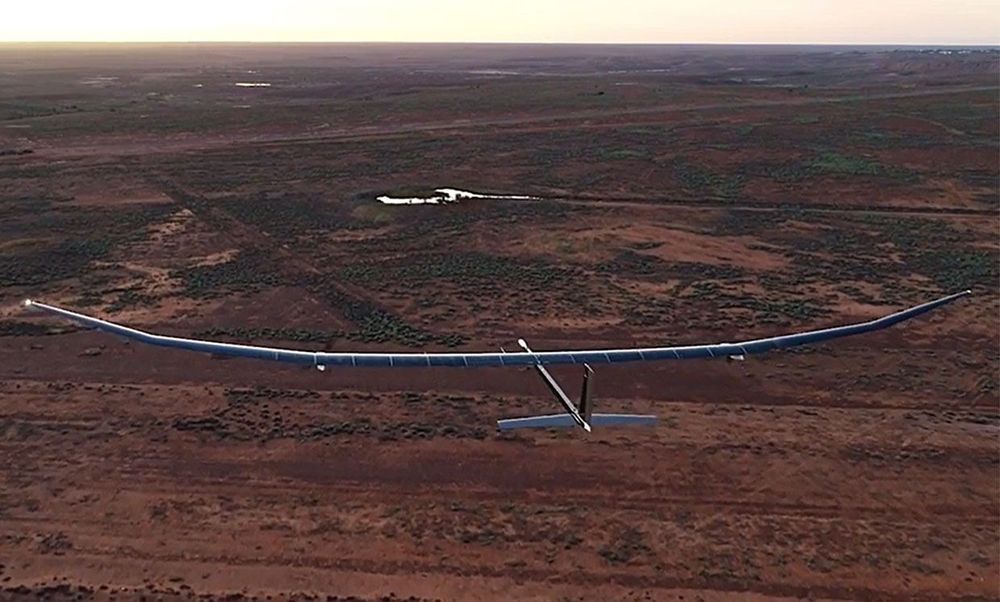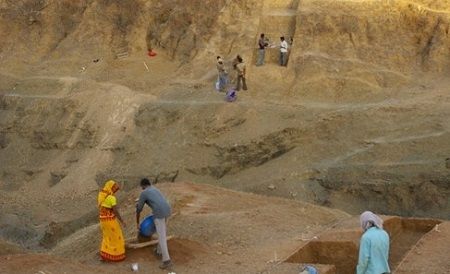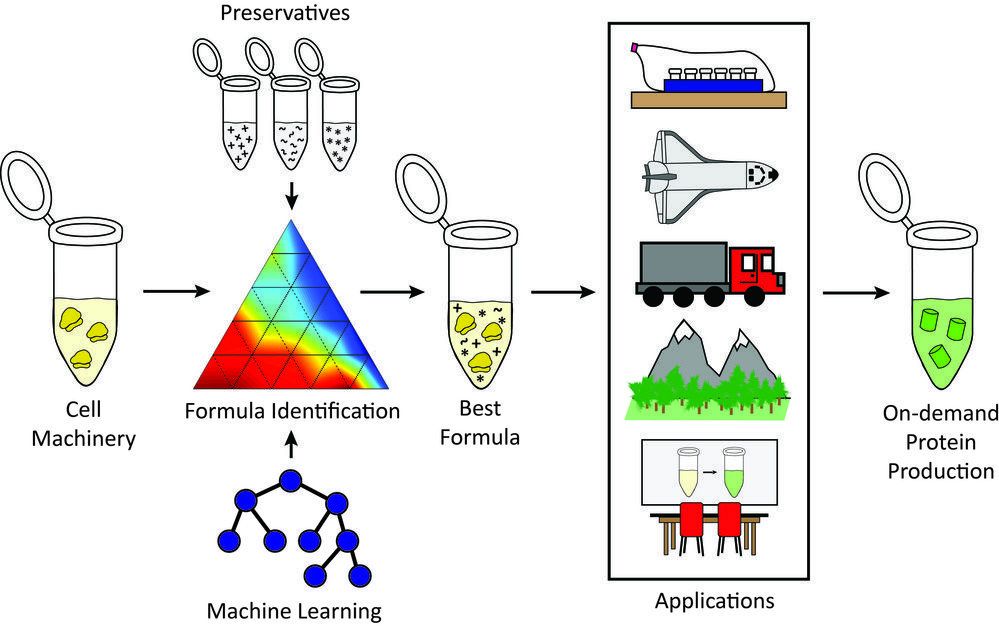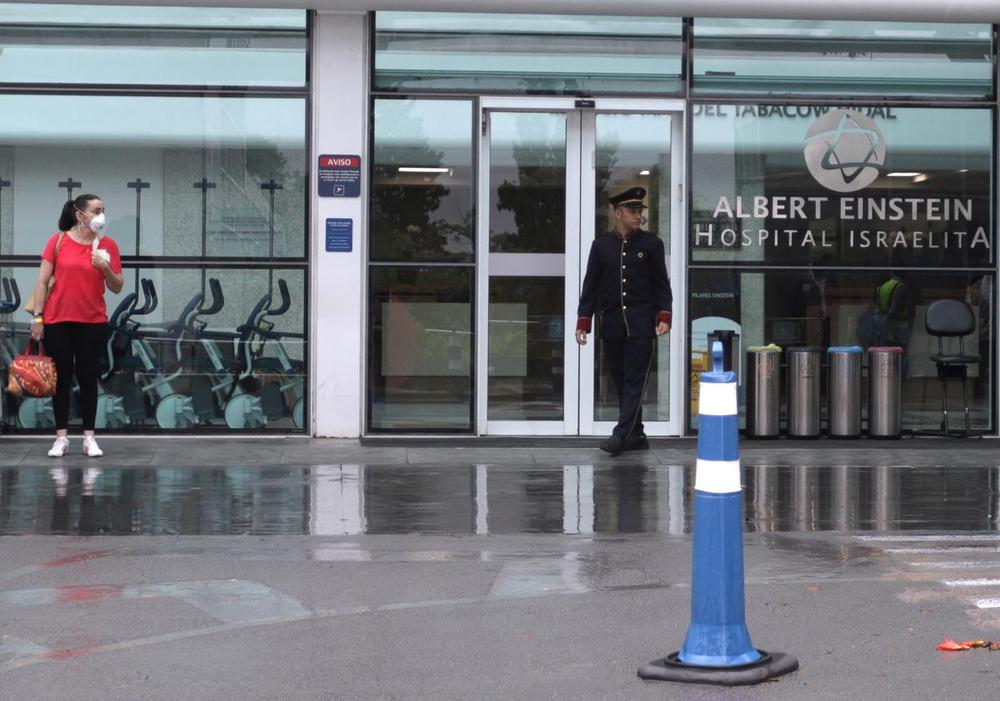Feb 26, 2020
Ten steps to prepare for an exponential future
Posted by Lola Heavey in categories: education, robotics/AI
Are you guys doing anything special to make sure you are still standing for when technological breakthroughs come along to help us stay alive for much longer?
We humans are social species. A primary reason we rose to the top of the food chain and built civilization is that our brains are optimized for collaborating with those around us. When we bond with our partners and friends, we realize one of our essential core needs as humans. That’s why people in solitary confinement tend to go a bit crazy. But although our progression from feeling our sense of connection, belonging, and community has expanded from the level of clan to village to city to country to, in some ways, the world, we are still not virtual beings. We may get a little dopamine hit whenever someone likes our tweet or Facebook post, but most of us still need a connected physical community around us in order to be happy and to realize our best potential. With all of the virtual options that will surround us – chatbots engaging us in witty repartee, virtual assistants managing our schedules, and even friends messaging from faraway lands among them – our virtual future must remain grounded in our physical world. To build your essential community of flesh and blood people, you must invest in deep and meaningful relationships with the people physically around you.
Continue reading “Ten steps to prepare for an exponential future” »



